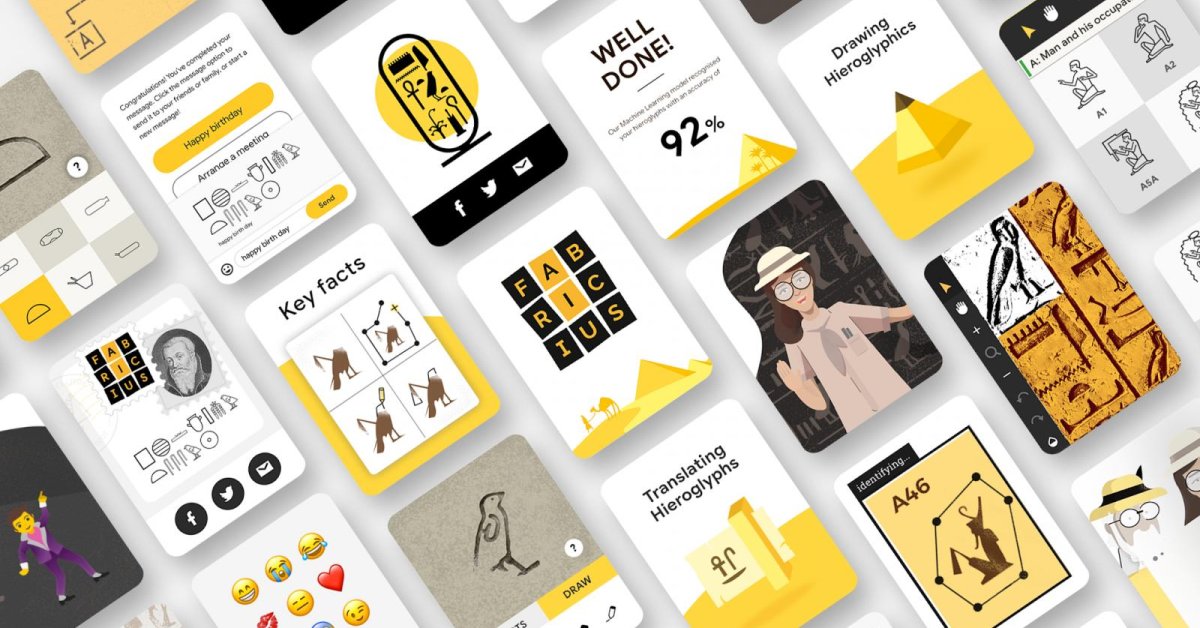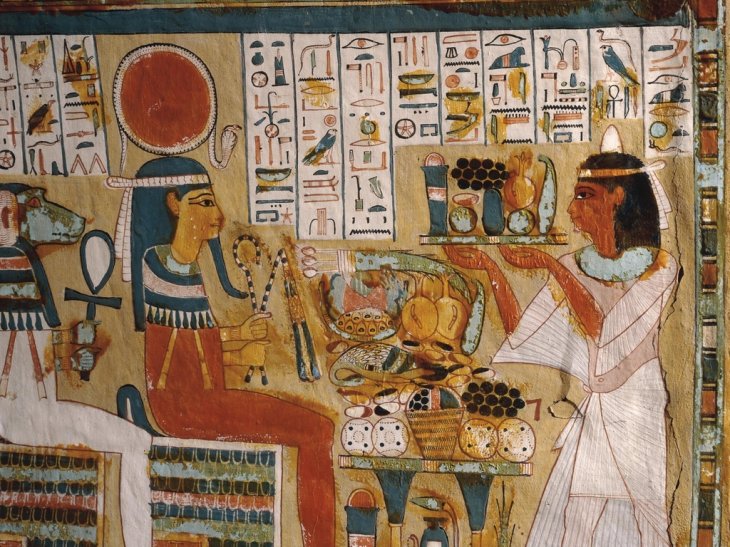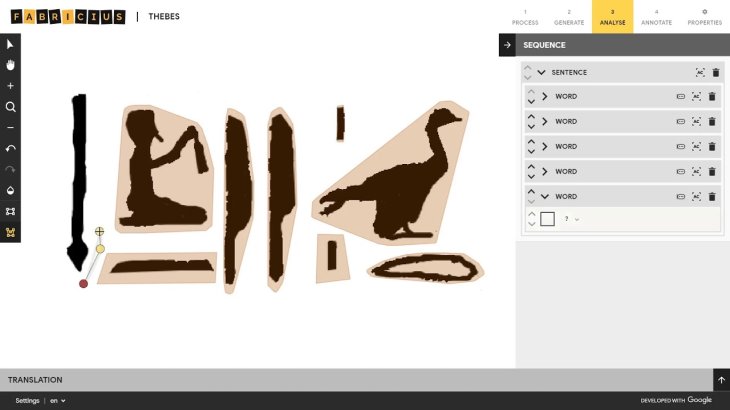Google's New AI Tool Can Translate Egyptian Hieroglyphs
Aadhya Khatri - Aug 07, 2020

Fabricius is the world’s first tool that can decode Egyptian hieroglyphs using machine learning
- Google Offers Voluntary Buyouts to US Employees Amid AI Push
- Google SynthID: Everything You Need to Know About AI Content Detection
- NotebookLM Mobile App: Enterprise AI Capabilities Now Available on iOS and Android
To celebrate the 221 years of discovering the Rosetta Stone, the key finding to decipher Egyptian hieroglyphs, Google introduced Fabricius, a tool that uses machine learning to help users translate the symbols into modern language.
The tool will take you through a short course on the history of Egyptian hieroglyphs. You will have the chance to try tracing and drawing these symbols with Cloud Auto ML, Google‘s machine learning platform.

Once you have had a deep understanding of these symbols, you can translate messages into Egyptian language using hieroglyphs to send to friends and family.
However, Fabricius isn’t merely a tool to have fun with, it can also be a handy tool for academic research.
For several decades, to translate Egyptian symbols, experts have had to manually search through books, a process that has not changed for over 100 years.
Fabricius is the world’s first tool that can decode Egyptian hieroglyphs using machine learning. It was made accessible as open-source to facilitate further advancements in ancient languages.

Before AutoML Vision, the translation job requires lots of time, a team of data scientists, and a huge amount of code.
The tool is named after the father of the study of ancient inscriptions George Fabricius. It’s the collaboration of a team of Egyptologists, Macquarie University’s Australian Center for Egyptology, Ubisoft, and Psycle Interactive.
>>> Keyboard Tutorial: How To Type Indian Languages On The Keyboard
Featured Stories

ICT News - Dec 25, 2025
The Visibility Concentration Effect: Why Half the Web Isn’t Qualified Anymore

ICT News - Jul 05, 2025
Windows 11 is Now the Most Popular Desktop OS in the World

ICT News - Jul 02, 2025
All About Florida’s Alligator Alcatraz: A Smart Move for Immigration Control

ICT News - Jun 25, 2025
AI Intimidation Tactics: CEOs Turn Flawed Technology Into Employee Fear Machine

ICT News - Jun 24, 2025
Tesla Robotaxi Finally Hits the Streets: $4.20 Rides That'll Make You Hold Your...

ICT News - Jun 24, 2025
World's First Flying Humanoid Robot Takes Flight

ICT News - Jun 24, 2025
When Closed Source Met Open Source: Bill Gates Finally Meets Linus Torvalds After...

Gadgets - Jun 23, 2025
COLORFUL SMART 900 AI Mini PC: Compact Power for Content Creation

ICT News - Jun 22, 2025
Neuralink Telepathy Chip Enables Quadriplegic Rob Greiner to Control Games with...

ICT News - Jun 20, 2025
Comments
Sort by Newest | Popular